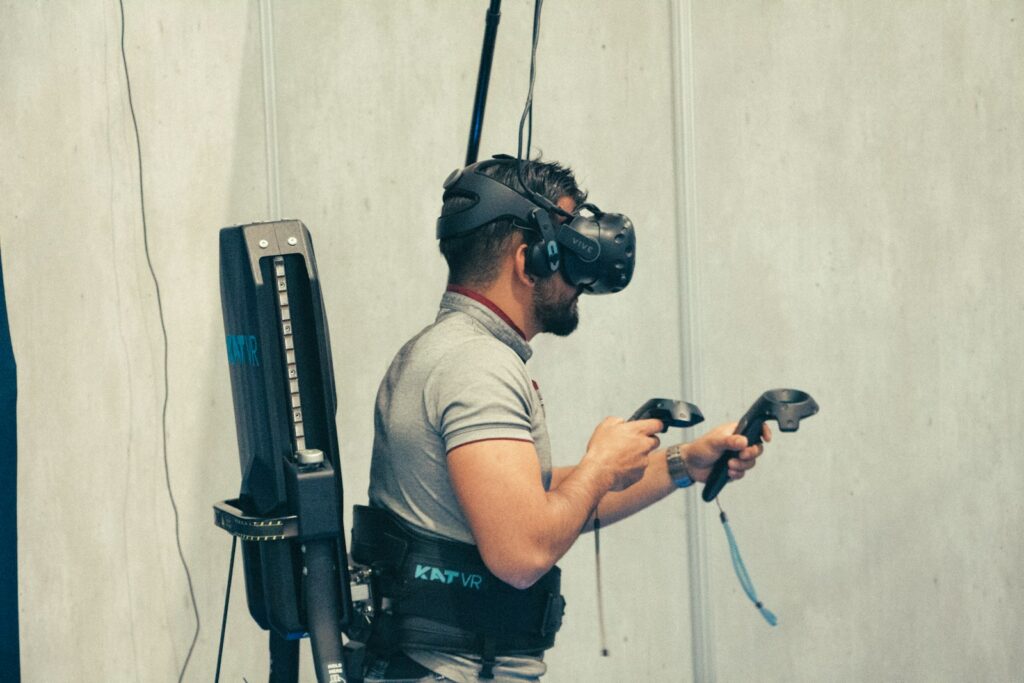When it comes to the metaverse, it’s important to know what sectors impact its rise, to better understand how it will function in the future. With Facebook’s name change to Meta, the metaverse is now easily trending, as many gamers and internet fans look forward to when the internet expands to become more of a virtual or augmented reality setting. According to one expert, the metaverse sector is currently being funded at $74 billion, with predicted growth in the next ten years. There are many moving parts to creating a functioning metaverse. Each of the four subsectors of the metaverse is discussed below in detail, and their net worth is given.
Gaming:
The video-gaming industry helped bring popularity to the metaverse with virtual-reality type games like Fortnite. With current funding at around $7.5 billion, this sub-industry provides large opportunities to apply the metaverse, as well as a large market to sell metaverse products. Video gamers enjoy virtual reality settings and are the top demographic for using the metaverse. Knowing this demographic gives metaverse companies insight into designing and marketing products. This industry, including online video games, is predicted to reach $256.97 billion by 2025, which means a good time to invest is now.
Online Games:
Besides video games, online games, like Fortnite, force players to connect to the internet and socialize with other online gamers in order to play. This teaches gamers to associate online games with community and connection, two important factors when marketing a metaverse experience. As the metaverse works to connect people on a virtual level, online games become stepping stones for priming a target audience. The online gaming industry is currently funded at $2.5 billion.
Augmented Reality:
Augmented reality works when a virtual setting is overlaid on a real one. Augmented Reality helps not only to showcase the virtual experience to newcomers, but also can be helpful in education, therapy, and even healthcare. The current funding for this subsector is $2.1 billion, and will only grow as the rest of these subsectors increase in capital.
Virtual World:
Virtual world or virtual reality (VR) is probably the biggest subsector of the metaverse sector, being funded at $62.8 billion currently. VR’s popularity has grown in recent years due to a variety of reasons, including the COVID-19 pandemic. VR technology has shown effectiveness in helping improve education and encouraging virtual travel. VR technology will be directly applied to the metaverse, which is probably why companies like Meta are investing heavily in it. VR is also a big portion of the gaming industry, which is why it is also popular.
Together, these four sub-sectors bring entertainment, connection, education, and socialization to the metaverse. They help narrow down the target audiences for this new technology and give companies methods for marketing new products.
Photo courtesy of Freepik.com


















